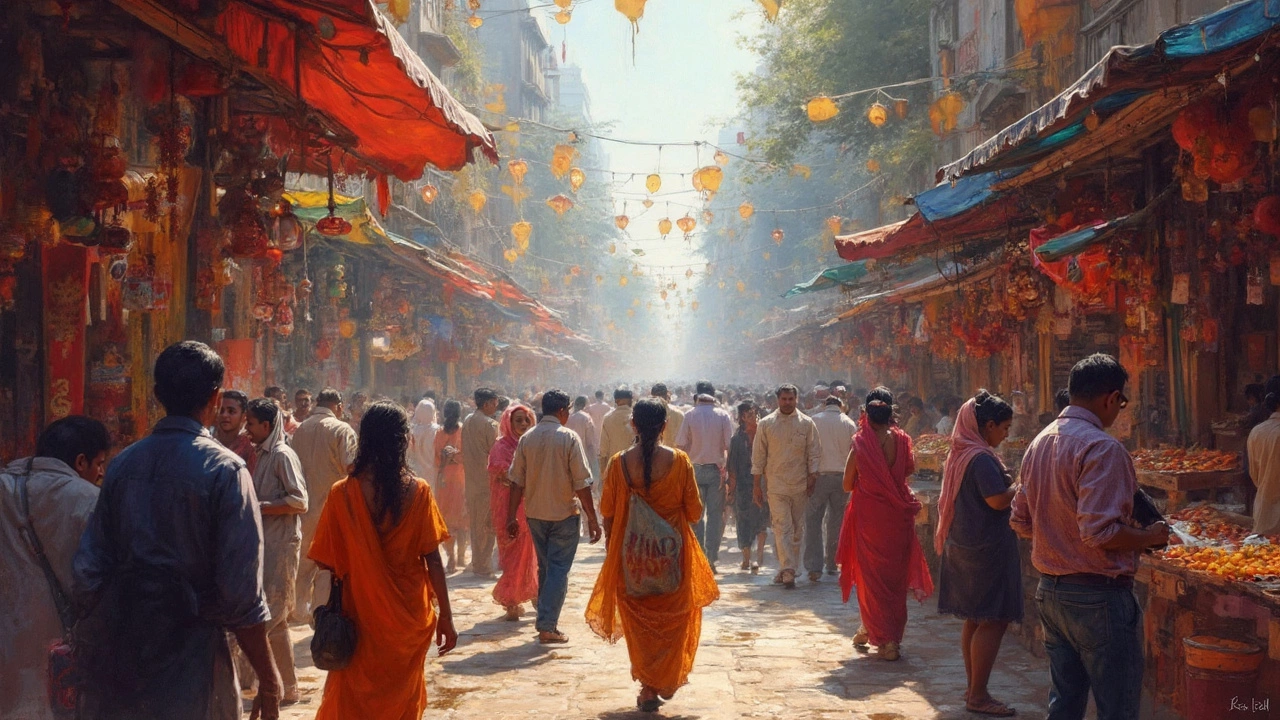India travel cost: What you really pay for trips, tours, and experiences
When people ask about India travel cost, the total money needed for a trip to India, including visas, transport, food, and activities. Also known as travel budget India, it’s not just about the price tag—it’s about where your money goes and what you get in return. Many assume India is cheap everywhere, but that’s not the whole story. A luxury train ride like the Pride of Africa, a high-end rail journey offering private suites and gourmet meals can cost over $12,500, while a simple bus ride across Rajasthan might run you under $5. The truth? India’s travel cost varies wildly depending on how you travel, where you go, and what you care about.
Let’s break it down. First, the India visa cost, the fee foreigners pay to enter India, which varies by nationality and visa type. For U.S. citizens in 2025, an e-Visa runs about $100—no hidden fees, no middlemen. Then there’s food. You can eat street food for $1 a meal if you know where to look, or spend $50 on a fancy dinner in Goa. Health matters too. travel health India, the vaccinations, medications, and precautions needed to stay safe while traveling in India isn’t optional. A few shots and some anti-malarial pills might set you back $100–$200, but skipping them could cost you way more in lost days and hospital bills.
Then come the big-ticket experiences. Trekking in the Himalayas? A guided 7-day trek like Kedarkantha costs $250–$400, including permits, food, and gear. Want to visit the Taj Mahal, India’s most famous monument and top tourist attraction? Entry for foreigners is $20, but add a guide, transport, and photos, and you’re looking at $50 easily. Even transport adds up. Uber works in some cities like Goa, but in smaller towns, you’ll rely on taxis or rickshaws—and haggling is part of the game. Don’t forget the hidden costs: bottled water, SIM cards, temple donations, and tipping. These add $10–$20 a day easily.
Here’s the real secret: you can travel India for $20 a day if you’re careful, or $500 a day if you want luxury. The India travel cost isn’t fixed—it’s flexible. Your budget isn’t just about money; it’s about choices. Do you want to sleep in a jungle camp with wildlife nearby, or a five-star hotel in Delhi? Do you hire a guide for a trek, or go solo? Do you eat at street stalls or fine dining? Each decision changes your total. The posts below cover every angle—from exact visa prices and train fares to how much a safe meal costs and whether you need a guide for Himalayan trails. You’ll find real numbers, real experiences, and no guesswork. Whether you’re saving up for your first trip or planning your next, this is the practical guide you actually need.
